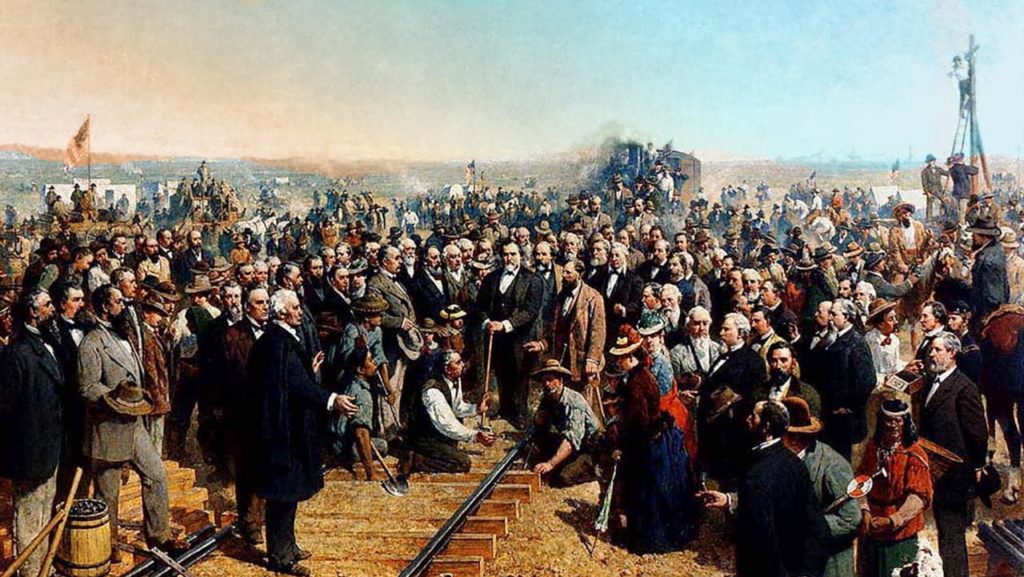
Every time I used to play a strategy video game, my mind was firstly on money. Creating an income stream as well as buildings and units to magnify that income stream was the primary priority of my gameplay. Only then could I exercise my will and wrath on the codes of computer programming that were my enemies. I think recent history has shown us this is a powerful stratagem, especially on this side of the Atlantic.
As colony became country, America would dedicate itself to capitalism. In 1790, the US was a paltry nation with a population of 3.9 million spread across a vast and wild land. Only 7 cities had a population of over 5000 while 12 tipped over 2500; the rest found home in the wilderness. The inheritor of the great city of Rome was essentially one huge countryside. Yet by 1885, the US was nearing 60 million people and accounted for the production of 28.9% of global manufactured goods. Fast forward to today, and we have become an economic superpower never before seen. Only recently has the Middle Kingdom of the East challenged the writ of Washington, and it is still some ways away from being able to engage in a full on confrontation.
To understand American might, you must understand American economics. To understand American economics, you must understand American history.
Let’s turn back the pages.
Virgin Land
Across the 19th century, America rose by a combination of extracting commodities such as cotton, gold, steel, etc… and construction to gain access to the aforementioned commodities. Cotton in the South was akin to oil in today’s Middle East; its fortunes ebbed and flowed with the price of this highly in demand good. The Northeast became a manufacturing hub, while the frontier West was tamed with agriculture as well as new discoveries such as gold and later oil. Canals and railroads became big time investment opportunities as they would lay the skeleton of the American economic behemoth and open access to these precious resources.
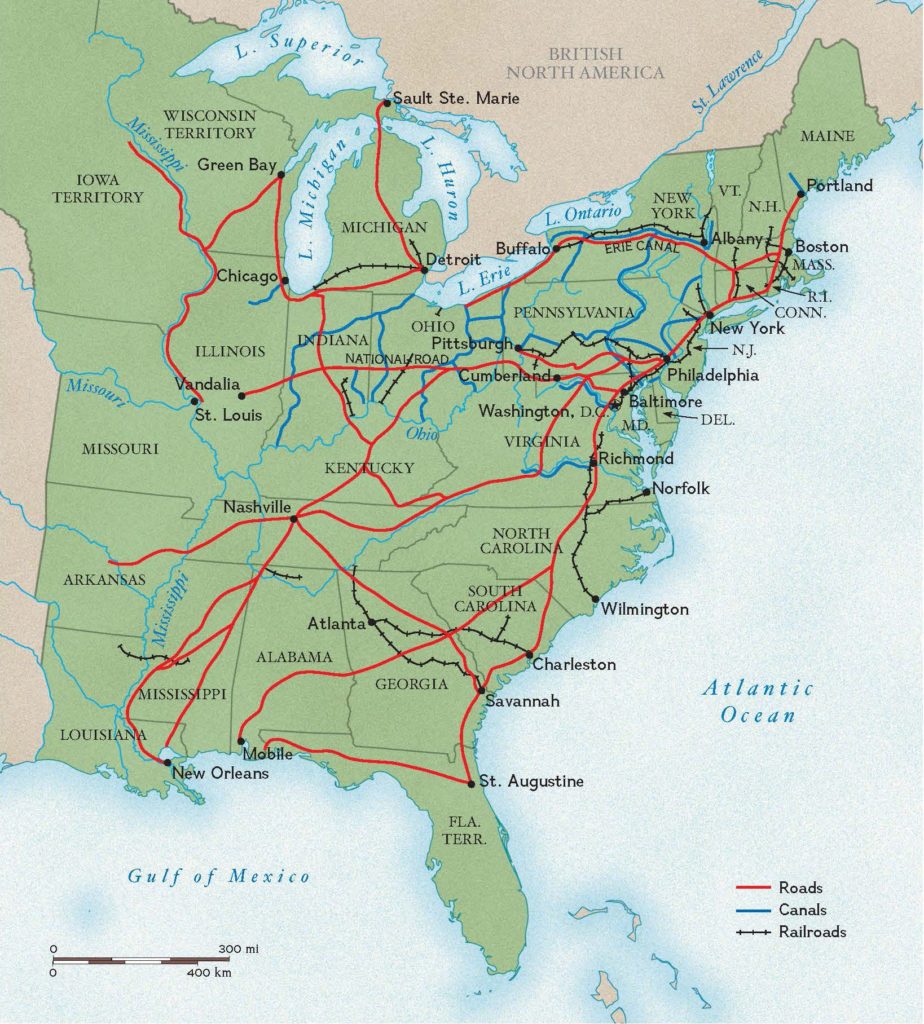
But everything was not all sunshine and roses. The excitement of the American economy would create over-investment in areas such as the aforementioned railroad industry and cotton. Speculation would spread to canals, real estate, and banking piercing into the veins of the US economy. Booms and busts became more pronounced as over-enthusiasm would grip the new capitalists of America. Keep this theme of wildly volatile over-investment and busts in mind; it defines much of not just American, but also global economic history.
American opportunity also caught the eyes of the banks of Europe as reserves were depleted in order to book a ticket on the American economic train. But once again, mania would give way to depression. The bipolarity was pronounced in 1836 as British reserves had fallen by 50% with British gold rushing across the Atlantic to fund American ventures. The Bank of England was soon forced to enact emergency monetary measures including rapidly increasing the interest rates which topped 15% in 1837. Monetary panic commenced as British banks started closing, and an economic shockwave boomed from London. Foreign capital investment into America collapsed just when domestic demand was highest.
Recovery would follow the railroads as a massive infrastructure push reversed the tides over the next few decades. This would supercharge other industries including the cotton industry. Prices would start reaching parabolic proportions as sky high cotton prices gave the South sky high confidence to secede from the American Union. Prices would promptly crash shortly thereafter, and America would face its greatest political crisis since birth.
Now was the moment when Abraham Lincoln would ascend to become the greatest American in history. The Union would crush the separatists after a bitter war where brother fought brother and the identity of a nation was decided. The South would pay in blood and then bills after as reparations rubbed salt into fresh wounds. The American government would now gaze towards the West as economic upliftment was sorely needed with over half the country now left in squalor.
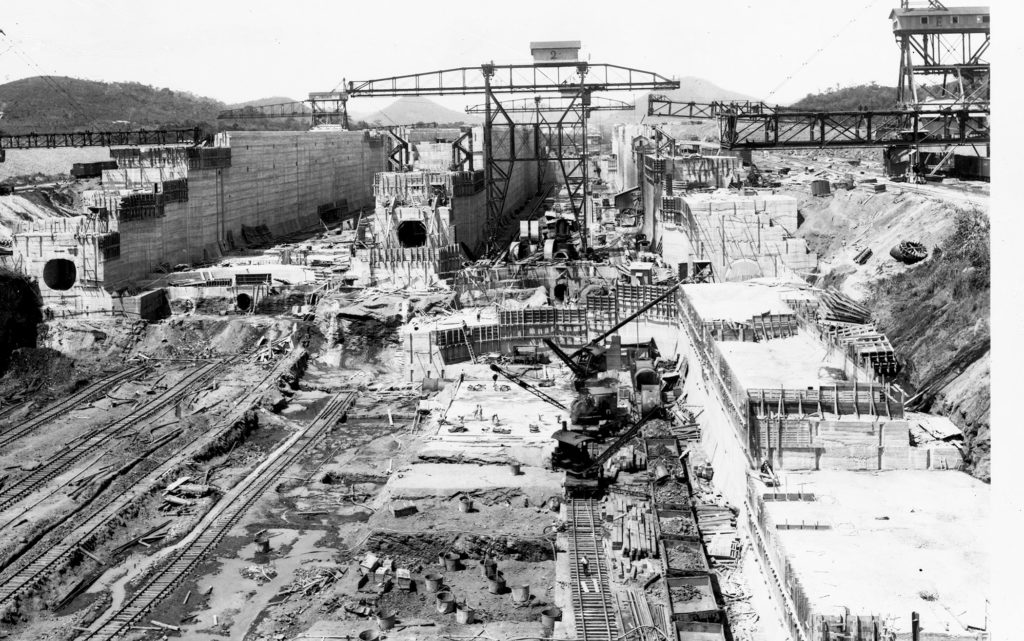
A golden glut of infrastructure related spending would aid America out of the post-Civil War rut. Violent business cycle swings of course followed but by now the American government had started to decide it wanted a more centralized control of the nouveau riche barons who gripped the economy. Theodore Roosevelt would smash monopolies domestically and begin the march of the American Empire in foreign affairs. America’s military expanded greatly during Roosevelts time as did the application of this new “big stick.” America would follow the fight of its military with economic pressure as well. Along with repeated military interventions in Latin America, dollar diplomacy ensured dependence on America by having American bankers give loans to Latin American countries in exchange for some level of influence in their national and fiscal affairs. As we see with Beijing’s mercantilism today, Washington would take advantage of Latin desperation with punishing interest rates and economic colonization afterwords. The gait of the American war machine and high economic volatility necessitated a large government role in markets. Cue the Federal Reserve.
Barons & Bullets
During the Panic of 1907, banking tycoon J.P. Morgan would helm together fellow mega-capitalists and institutions to flood the market with capital in order to reverse the tides of hysteria. It worked; and hereupon is where the seeds of the Federal Reserve were laid. In 1913, the plant would sprout as President Woodrow Wilson would enact the Federal Reserve Act creating a Federal Reserve banking system that would manage the monetary affairs of America and aim for the dual mandate of maximizing employment keeping inflation low.
For many laymen though, a money printer was invented.
The purchasing power of the dollar would soon plummet as JP Morgan’s tactics were replicated on an even grander scale with the might of the government backing the Fed. However, the Fed was fairly reserved versus the current incarnation. The Great Depression of 1929 saw the Fed stand and watch as the economy reeled. It kept high interest rates throughout the jarring experience and didn’t push enough money supply into the economy to prevent scarring. It would be the fiscal frenzy of the New Deal and drums of war that would jumpstart the American economy in the latter 1930s and 40s, not the timid monetary melody of the Federal Reserve.
Post-WW2, a victorious American Empire expanded its horizons. The government had to spend big to enact its adventures in addition to having a steady amount of dollars to supply to a rebuilding Europe (overseas dollars in banks would later be known as a Eurodollar). You would think there would be crippling inflation (bouts did happen), but American trade policy helped stymie it. The US would put special focus on Japanese trade as they procured supplies during the Korean War. Japan industrialized and reformed rapidly, essentially becoming the US’s “China” before China itself. Cheap goods and exports from Japan streamed into America, a taste of the future. While the Fed kept printing…
In 1971, President Nixon and his advisors believed that the US didn’t have enough gold reserves to cover the US Dollars in circulation. He would then unpeg the dollar from gold establishing it as a free-floating fiat currency. Another bang would occur in the 1970s as incensed Arab states held their oil at ransom after war with Israel. Inflation shot up and the black blood that drove the US economy would dry up. Nixon would respond by hashing out an agreement with OPEC; the petrodollar was born. Essentially, oil could only be traded in US Dollar. Oil thereupon became pegged to the US Dollar so the world could only acquire the most precious resource on the planet if they had US Dollars.

Parallel to all this, Nixon opened relations with China, and a meaningful magnitude of trade slowly accumulated. But before much weight could be attached to the relationship, the US needed to weigh down an influenza-like bout of inflation.
Lift Off
Fresh off the disastrous Great Leap Forward and Cultural Revolution, Chinese leaders decided the country had to pivot. While American capitalism eventually conceded centralized government intervention via the New Deal and Federal Reserve, Chinese communism would bend the knee to free markets. Nixon’s hand would deal a new set of cards for the fate of China.
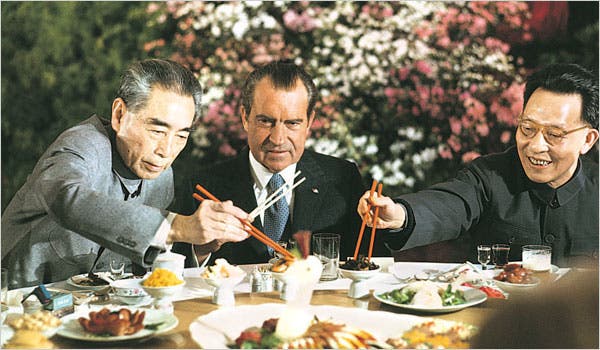
China would soon become America’s factory. But before that materialized, America had to deal with a familiar foe who had come back much stronger. Regardless of the previous 2 reforms that some thought would curb inflation, it exploded. Inflation peaked near 15% in 1980 with interest rates following the spike and business slowing down as unemployment approached 7.8% in 1980.
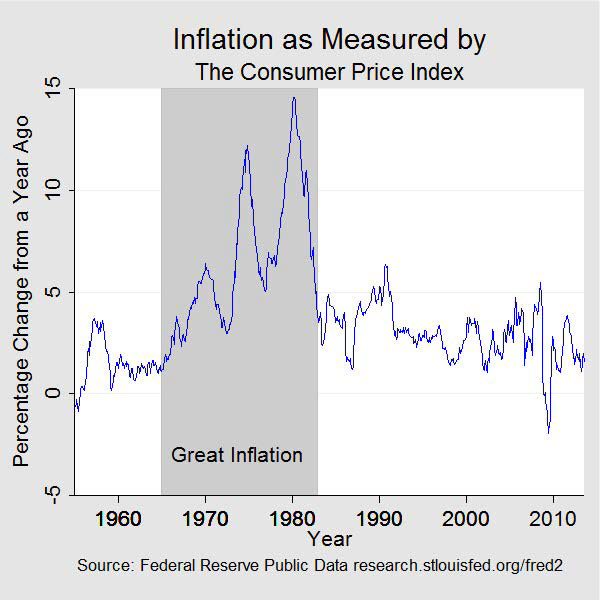
Stagflation had come. Paul Volcker would take over the Fed in 1979 just prior to the 1980 inflation top. He would bravely introduce policies to decrease the Fed’s reserve growth and increase interest rates; policies that would deliver a bitter pill of 10.8% unemployment in 1982, but eventually curb inflation. Volcker’s heroics would give way to the Fed soon reverting to its expansionary mood. But this time, it wouldn’t result like past inflation.
America’s account with China was growing, and cheap goods imported from China would give breathing room to the Fed’s monetary exercises. While inflation didn’t run amok on Main Street, it would have a field day on Wall Street. Assets such as equities and real estate would be where the Fed’s excesses manifested. Innovations in technology further pushed corporate profits forward & deflated costs across many industries.
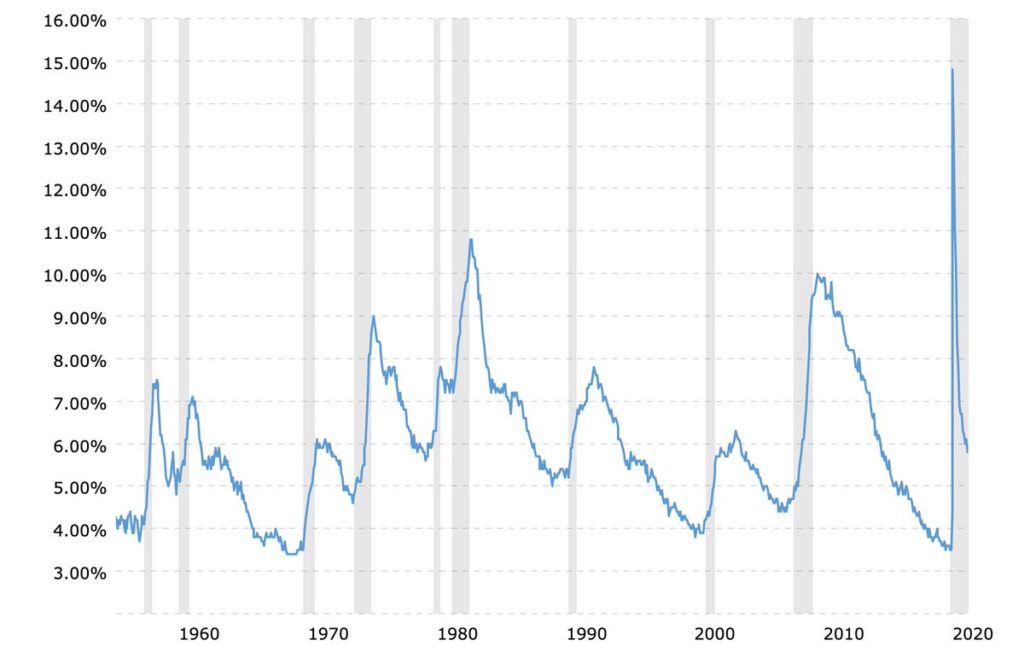
“Easy money and an excessive credit expansion leads to over-investments.” Marc Faber
The Art of Economic War
Eventually reality caught up in the late 1980s and the bubble burst. Over-investment and a phobia of saving also lead to debt that hemorrhaged with the bust. The Fed would cut through its bread and butter as interest rates were slashed in the late 80s. Artificially low rates would eventually push real estate prices higher as well.
While the US danced with the Fed, China had begun to reform and liberate its economy under Deng Xiaoping’s blasphemous leadership. Rapid industrialization occurred to meet American demand for cheap manufactured goods. Cut and dry communism was replaced with state command capitalism. An economic miracle would occur in the Orient.
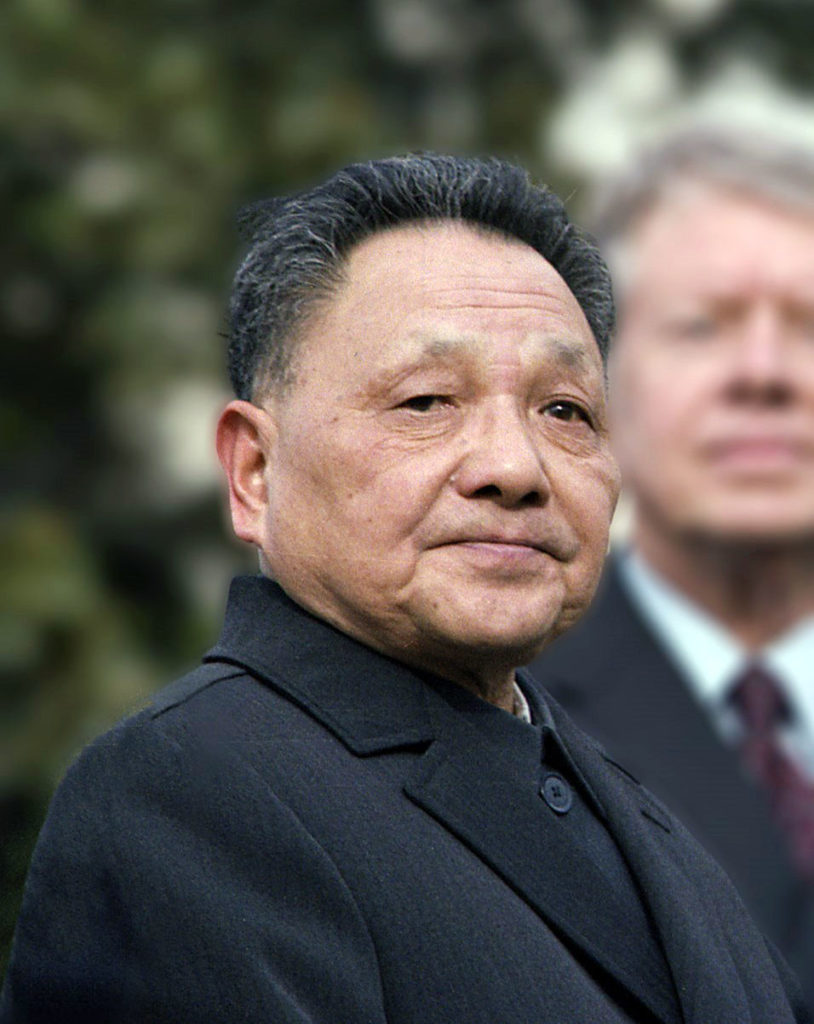
America evolved with the Chinese rise; manufacturing was hollowed out as dependence on Chinese production increased. While China gained valuable knowledge from American sources, component needs, and technology, American corporations gained unheard of profits. Those hurt by the decaying manufacturing sector would be eclipsed by the shine of newly minted millionaires and eventually billionaires in addition to the technology that transformed America.
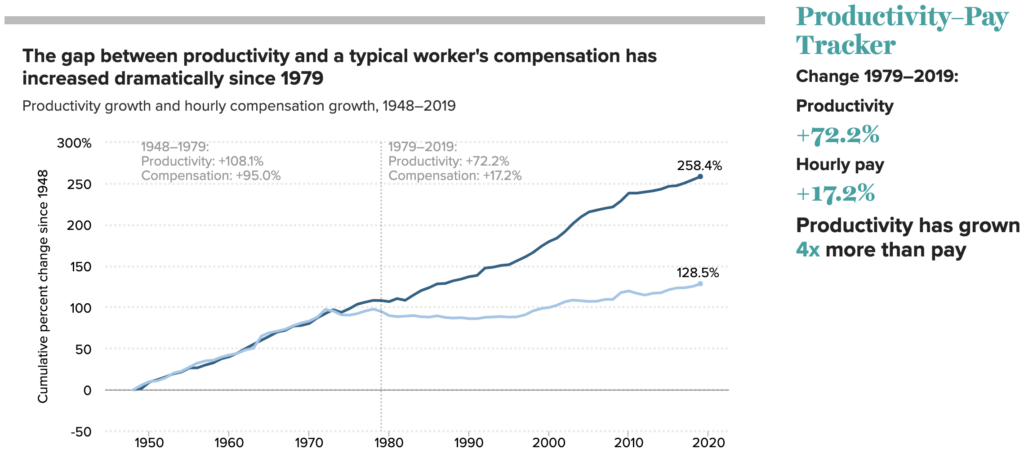
A realization of future reckoning dawned on the Chinese and also a few Americans. Chinese goods and economics couldn’t fuel the American Dream forever. The Chinese now began to believe in reclamation. The Middle Kingdom had to reclaim its place as the center of humanity. However, both American consumers and elites paid no mind to this potential clash. Consumers had cheap goods and felt little inflation in their day to day lives, while elites became even more richer as assets inflated. Not just flush with money, the elites were also flush with ignorance. Believing that a richer China would bow to American ethics of liberalism and democracy, they thought there was nothing to fear from China. The Chinese should know their place, and that place is at the feet of America. But yet, the Dragon would defy.
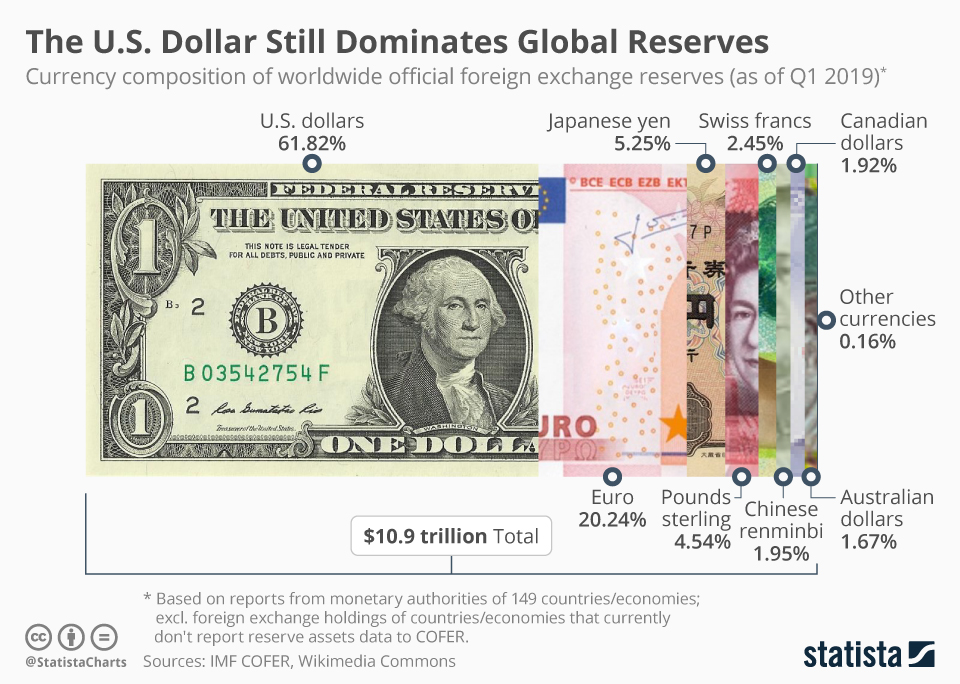
China would keep its export prices low by devaluing its currency. The devaluation would be aided by China accumulating US Dollars and treasury debt. Chinese exporters would be paid in dollars, while the Chinese central bank bought these dollars giving importers freshly printed Yuan, and thereby creating dollar scarcity. Essentially, China was helping uphold the US Dollar as the reserve currency of the world. Some say there is a clandestine strategy where China is accumulating secret gold reserves for when they ween off the US Dollar. Possible but also possibly farfetched.
With the twin drops of 2008 and 2020 in the US economy, the US embarked on radical Quantitative Easing introducing huge amounts of currency into the markets. Yet Chinese and world demand for US Dollar still remained strong. The Fed would push all limits as we saw a familiar inflation in asset prices but not too big of an impact on the CPI. Recently however, we have seen the first forays into meaningful CPI increases, perhaps signaling the event horizon of the Fed’s printing.

History is made firstly for plaudits, and then for lessons. Economic history is easily one of the most contextual there is but also in many ways very cyclical. There are some who are a bit more prophetic than others, one of whom is Robert Triffin. Triffin proposed something called the Triffin Dilemma, which points out the tradeoff between foreign and domestic monetary policies of a global reserve currency. He predicted that a government who helms a global reserve currency must incessantly inject large amounts of currency into circulation to fulfill foreign demand, something that would eventually adversely affect the domestic situation leading to domestic monetary policies that would hurt foreign monetary policies. The obvious problem he points to is of course inflation. Curbing inflation in America could curb American ambition abroad as the Fed’s printer slows its roll and interest rates rise.
But can America afford to curb its enthusiasm abroad? Across land and sea awaits a challenger. A challenger that has bided its time for decades, waiting and watching. It embraced patience and swallowed its pride into subservience. But now this challenger wants to contest. It seeks to claim what it believes has always been its. From a century of humiliation to a Chinese century, the wheel of time eventually crushes all conquerors and crowns the most resilient of challengers. As the American hand is forced by its own doing, China prepares to throw the gauntlet.
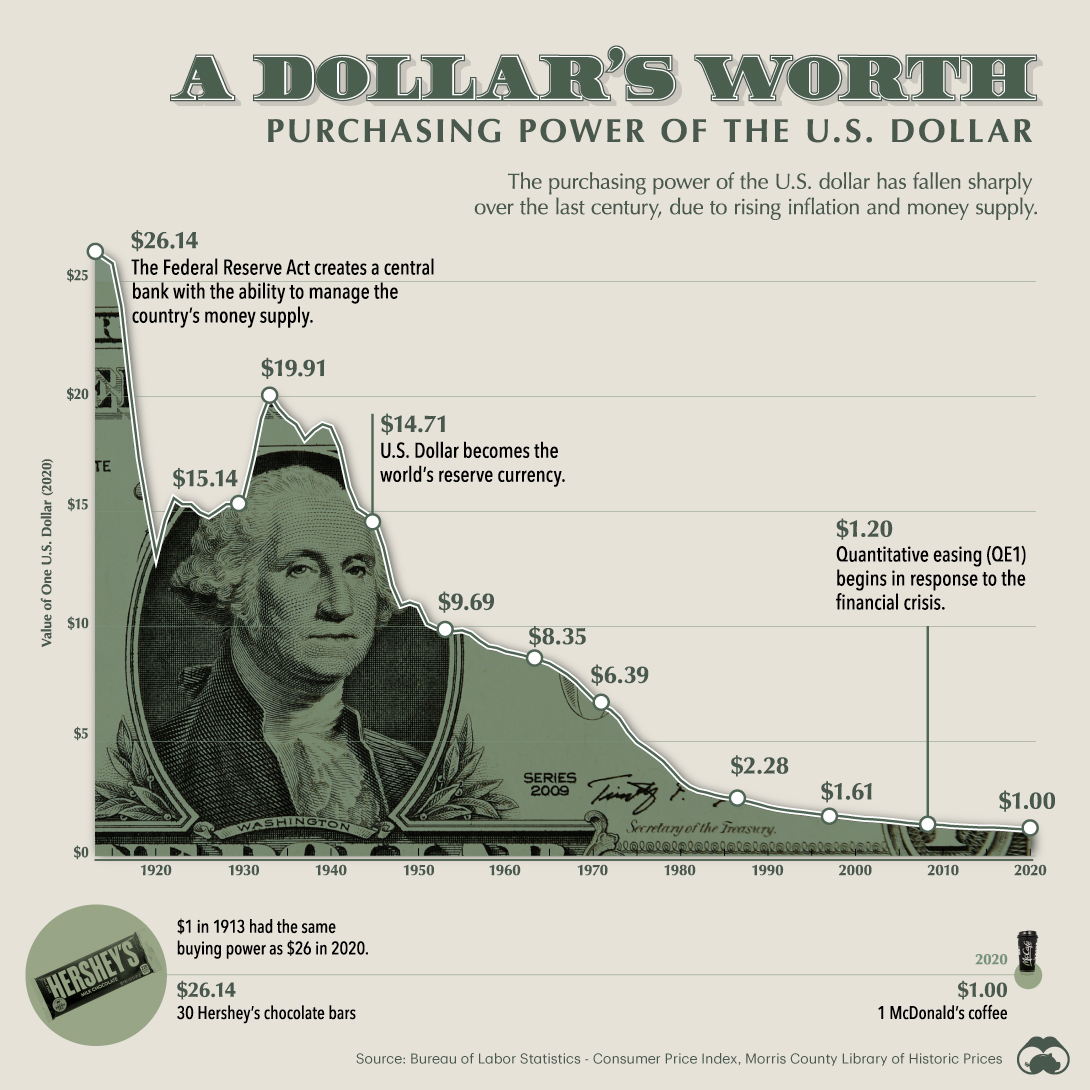
Regardless of all the issues, Americans should be proud of the fact that their country went from a backwater republic to a global superpower within 5-6 generations.